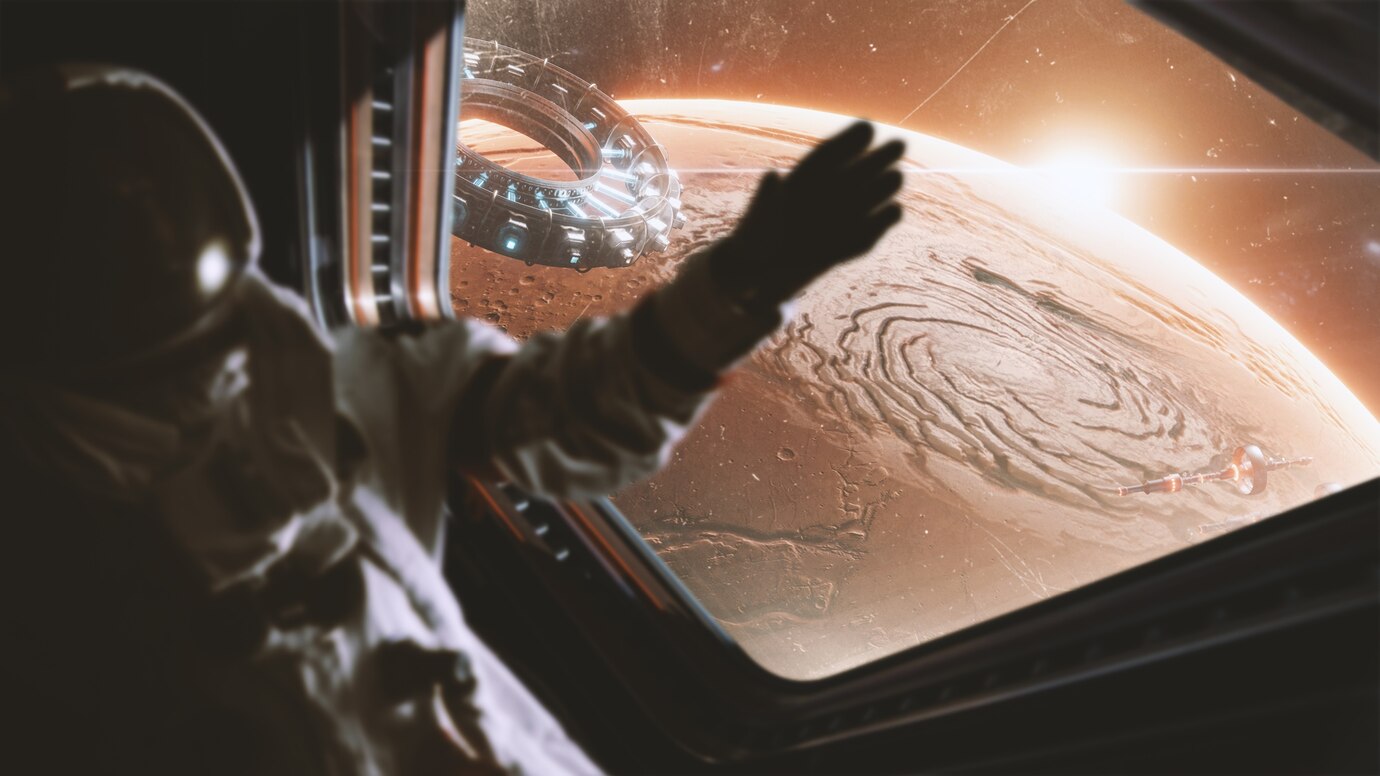Unseen Essentials: The Role of Critical Minerals in Advancing Space Exploration
Space exploration continues to represent humanity’s boldest pursuit, pushing the boundaries of technology and imagination. While awe-inspiring visuals of rockets lifting off and spacecraft touching new worlds often take the spotlight, the materials enabling these feats rarely receive due attention. Critical minerals—sourced both from Earth and potentially other celestial bodies—play an indispensable role in every space mission. These minerals aren’t just supportive components; they are the foundation of the engineering marvels that carry humanity’s ambitions into orbit and beyond.
Constructing spacecraft demands a unique combination of strength, durability, and low weight. Aluminum and titanium alloys are prime examples of materials that meet these strict requirements. Aluminum is favored for its lightweight structure and corrosion resistance, especially in space's vacuum, while titanium offers superior strength and thermal stability, making it ideal for components exposed to high temperatures, such as re-entry zones. Additionally, minerals like niobium and tantalum contribute to heat-resistant superalloys used in propulsion systems, ensuring rocket engines can withstand extreme thermal loads without compromising performance.
Beyond
structural materials, maintaining spacecraft functionality amid space’s severe
conditions requires advanced protective solutions. Rare earth elements are
instrumental in developing specialized coatings that serve both thermal and
radiation shielding purposes. These coatings allow spacecraft to endure
temperature extremes and shield delicate electronic systems from harmful space
radiation. As our missions extend further into the solar system and beyond, the
demand for these minerals will only intensify, highlighting their quiet yet critical
role in the progress of space technology.
.png)






Leave a Comment
Your email address will not be published. Required fields are marked *